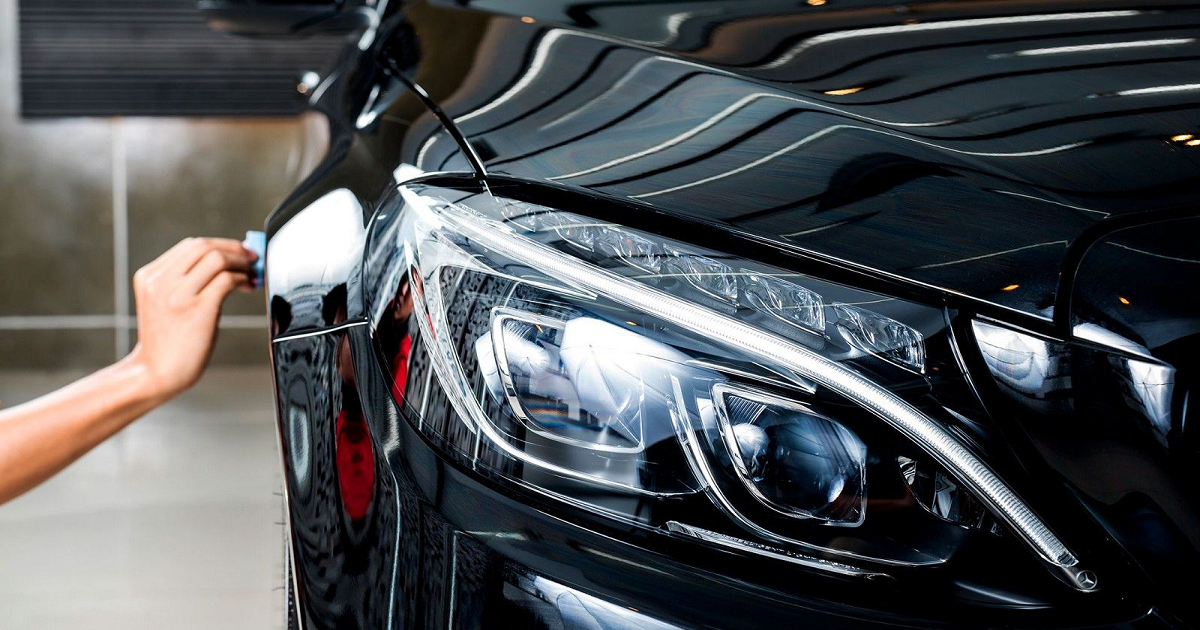Revitalizing your car’s engine bay not only enhances its aesthetics but also contributes to its overall longevity. In this comprehensive guide, we will walk you through the top 10 detailing techniques that will give your car’s engine bay a pristine and show-stopping appearance. Our expert advice and first-hand knowledge will help you achieve that perfect under-the-hood look you’ve always desired.
Top 10 Detailing Techniques for a Pristine Look
When it comes to car detailing, the engine bay often goes overlooked. But a well-maintained engine bay can significantly boost your car’s visual appeal and resale value. Let’s delve into the top 10 techniques to transform your engine bay into a pristine masterpiece.
1. Thorough Cleaning
Begin by removing any debris, leaves, or dirt from the engine bay. Use a soft brush and a vacuum to ensure every nook and cranny is spotless.
2. Protect Sensitive Components
Cover sensitive components like the battery and electronic connectors with plastic bags or aluminum foil to prevent water damage during cleaning.
3. Degreasing
Apply a high-quality engine degreaser to break down grease and oil buildup. Scrub gently with a brush and rinse thoroughly.
4. Rust Removal
Inspect for rust spots and remove them with a rust converter. This ensures your engine bay stays rust-free.
5. Restoring Plastic Components
Use a plastic restorer to bring back the luster of plastic components like engine covers and trim.
6. Cleaning Hoses and Wiring
Carefully clean hoses and wiring with a gentle cleanser. Be cautious not to damage or disconnect any wires.
7. Polishing Metal Surfaces
Polish metal components to a brilliant shine using a high-quality metal polish. This adds a touch of elegance to your engine bay.
8. Dressing Rubber Seals
Apply a rubber dressing to protect and rejuvenate rubber seals, making them look like new.
9. Reassembling
Once all cleaning and detailing are complete, reassemble the engine bay components in the reverse order you removed them.
10. Final Inspection
Give your engine bay a final once-over to ensure everything is in place and looks impeccable.
Thorough Cleaning
Thorough cleaning is the foundational step in achieving a pristine engine bay. Over time, dust, debris, and road grime can accumulate, making the engine bay look unkempt. Regular cleaning is essential to maintain its aesthetics. A clean engine bay not only looks good but also allows you to identify any issues or leaks easily. A dirty engine bay can hide potential problems, so a thorough cleaning is more than just about aesthetics; it’s also about maintenance and safety.
Protect Sensitive Components
Your engine bay houses various sensitive components, such as the battery and electronic connectors. While cleaning, it’s crucial to protect these elements from water and cleaning products. Water can lead to corrosion and electrical issues. To safeguard these parts, covering them with plastic bags or aluminum foil is a simple yet effective precaution.
Degreasing
Engine bays are prone to grease and oil buildup, especially in areas surrounding the engine. This accumulation can not only be unsightly but can also cause corrosion and make it challenging to identify potential issues. Using a high-quality engine degreaser, you can effectively break down and remove this buildup, revealing the true beauty of your engine bay.
Rust Removal
Rust can be the bane of any vehicle’s existence, and your engine bay is no exception. Rust can weaken vital components and lead to costly repairs. By using a rust converter to eliminate rust spots, you ensure that your engine bay remains rust-free, which is not only aesthetically pleasing but also prolongs the life of your car.
Restoring Plastic Components
Plastic components like engine covers and trim can lose their luster over time due to exposure to the elements. Using a plastic restorer, you can restore these parts to their original shine, contributing to the overall visual appeal of your engine bay.
Cleaning Hoses and Wiring
Cleaning hoses and wiring requires delicacy and precision. These components are vital for your vehicle’s operation, and any damage or disconnection can lead to issues. A gentle cleanser and a cautious approach will ensure that these elements look clean without compromising their functionality.
Polishing Metal Surfaces
Polishing metal surfaces is like adding a touch of elegance to your engine bay. The gleam of polished metal components not only enhances the aesthetics but also conveys your dedication to detail. It’s a small touch that can make a big difference in the overall look of your engine bay.
Dressing Rubber Seals
Rubber seals in your engine bay are essential for preventing water and debris from entering sensitive areas. Over time, these seals can deteriorate, but applying a rubber dressing not only restores their appearance but also ensures their effectiveness.
Reassembling
Once you’ve meticulously cleaned and detailed your engine bay, it’s time to reassemble all the components you removed. This step might seem straightforward, but it’s essential to pay attention to detail and ensure everything is in its proper place.
Final Inspection
A final inspection is the last crucial step to ensure your engine bay is pristine. Take a moment to look at every nook and cranny to confirm that everything is in place and that your engine bay looks as good as new.
By following these top 10 detailing techniques, you can achieve a truly pristine engine bay. Remember that the engine bay is not only about aesthetics but also about maintenance, longevity, and safety. Keep your vehicle in top shape, and enjoy the pride of owning a car with a show-stopping engine bay.
FAQs
How often should I detail my engine bay?
It’s recommended to detail your engine bay at least once a year to maintain its pristine appearance.
Can I use household cleaners for engine bay detailing?
Avoid using household cleaners as they can damage sensitive engine components. Invest in automotive-specific products.
Is engine bay detailing safe for the environment?
Opt for biodegradable and eco-friendly products to minimize the environmental impact of engine bay detailing.
Can I steam clean my engine bay?
While steam cleaning can be effective, be cautious as excessive heat and pressure can damage sensitive components. Use low settings.
What’s the best time to detail the engine bay?
Choose a cool, overcast day to prevent cleaning products from drying out too quickly and leaving residue.
Is engine bay detailing necessary for new cars?
Yes, even new cars benefit from engine bay detailing to prevent early wear and tear.
Conclusion
Revitalizing your car’s engine bay with these top 10 detailing techniques is a rewarding endeavor. Not only will it make your car look stunning, but it will also extend the life of vital engine components. By following our expert advice and using the right products, you can achieve a pristine and show-stopping engine bay. Start your engine bay transformation today and enjoy the benefits of a well-maintained vehicle.




